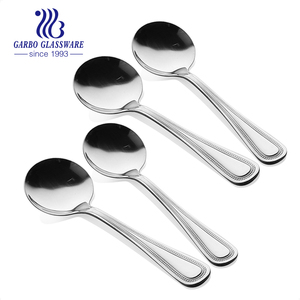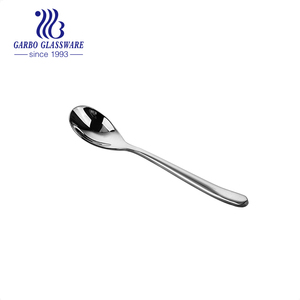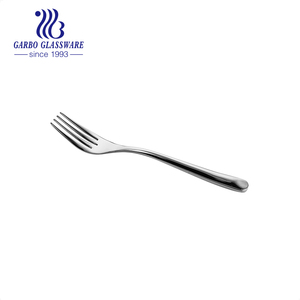(3362 उत्पाद उपलब्ध हैं)











































































































































































































"कुछ ऐसा जो हम हर दिन उपयोग करते हैं" के बारे में बात करना, फ़्लैटवेयर एक अच्छा विषय है। चूंकि सभी के पास भोजन है, इसलिए फ्लैटवेयर उत्पादों की भारी मांग है। यदि आप थोक प्रयुक्त कटलरी उत्पादों की खरीदारी कर रहे हैं जो विभिन्न ग्राहकों की व्यक्तिगत शैलियों से मेल खा सकते हैं और उनके डिनरवेयर को पूरक कर सकते हैं, तो अलीबाबा.com वह जगह है जहां आप होना चाहते हैं। समकालीन या पारंपरिक डिजाइन? सिरेमिक या लकड़ी के हैंडल? ऐसे कई विकल्प हैं जिन्हें आप एक्सप्लोर कर सकते हैं। कुछ खरीदार अलग-अलग अवसरों के लिए कैज़ुअल फ़्लैटवेयर के साथ-साथ औपचारिक फ़्लैटवेयर का एक सेट रखना चाह सकते हैं। अन्य लोग भी फ़्लैटवेयर के वज़न या वज़न पर विचार कर सकते हैं।
टेबल शिष्टाचार में अच्छी तरह से वाकिफ खरीदारों के लिए, आप हमारे प्रयुक्त कटलरी अनुभाग में डेज़र्ट स्पून डेज़र्ट फोर्क्स, डिनर फोर्क्स, ऑयस्टर फोर्क्स, डेज़र्ट नाइव्स, बुउलॉन स्पून जैसे फ़्लैटवेयर पा सकते हैं। यदि आपके पास पैकेजिंग या शिपमेंट के बारे में कोई प्रश्न है, तो कृपया बेझिझक आपूर्तिकर्ताओं से परामर्श करें, जो उनके अनुभव में आपकी सहायता कर सकते हैं।